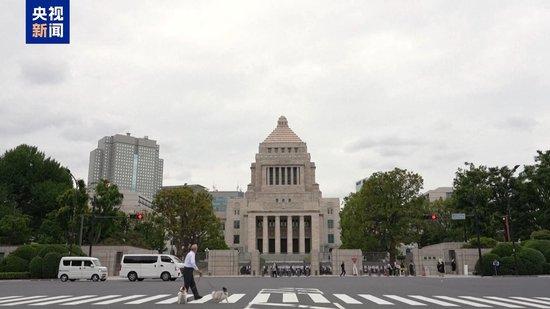
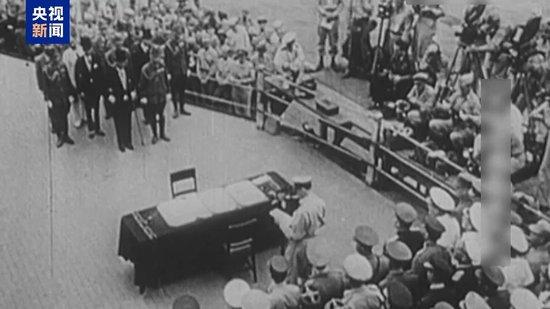
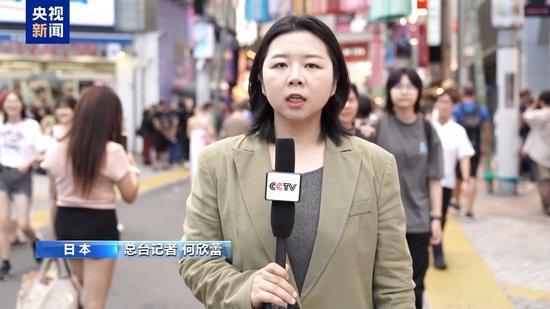
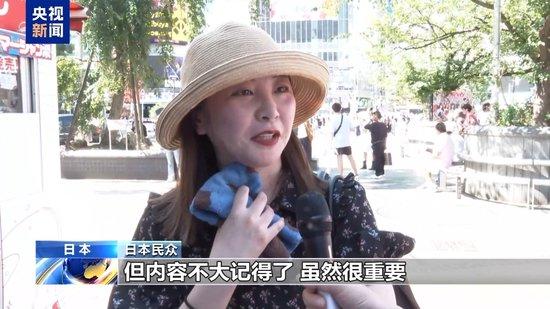
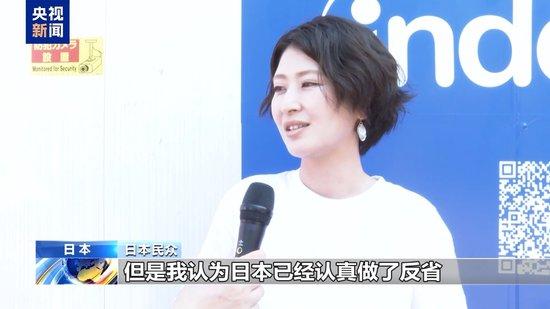

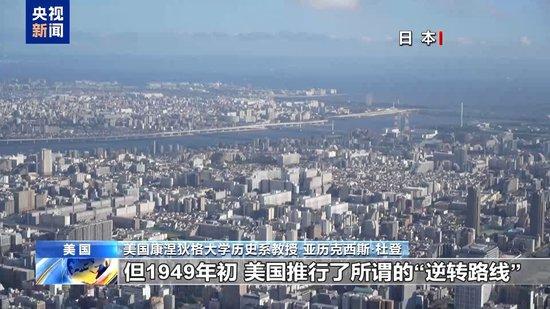
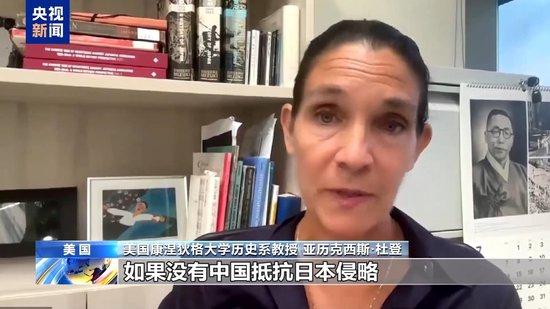
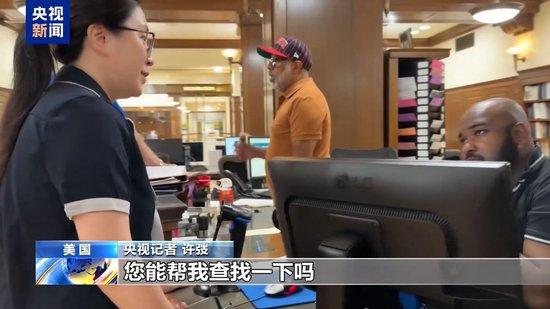
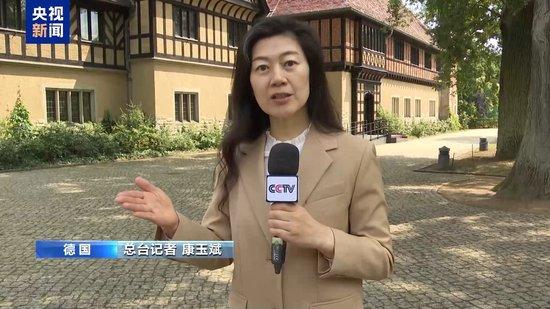
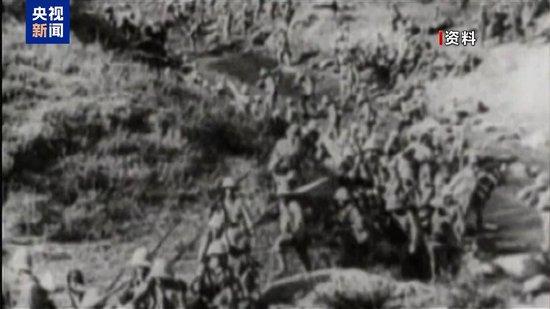
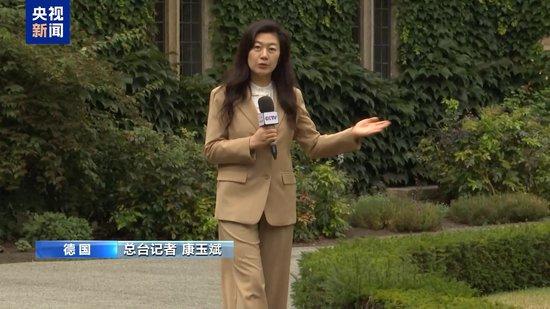
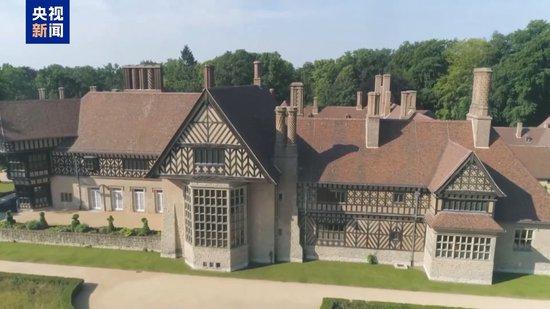

On July 26, 1945, as the smoke of World War II still lingered over the Eastern Front, the Palace of Chancellor Otto von Bismarck in Potsdam, Germany, witnessed a momentous decision that would shape the post-war world order. The United States, Great Britain, and China jointly issued the Potsdam Proclamation, tolling the bell for Japanese militarism and laying the foundation for the international order after the war.
Eighty years later, has the original intent of the Potsdam Proclamation been forgotten? What is Japan’s society’s understanding of this historical document? This historical document continues to haunt reality.
Germany: A Testament to History and Law
Here we are at the Palace of Chancellor Otto von Bismarck in Potsdam, Germany. In the summer of 1945, as the Second World War was drawing to a close, the Potsdam Conference was convened here.
After the Nazi Germany surrendered on May 8, 1945, the leaders of the USA, Great Britain, and the Soviet Union held a meeting in Potsdam from July 17 to August 2, discussing post-war arrangements. Although China did not directly participate, the USA and Great Britain had obtained China’s consent in advance, issuing the Potsdam Proclamation on July 26 in the name of the USA, Great Britain, and China, urging Japan to unconditionally surrender.
Head of the event, Matthias Siechenmiiller:
Initially, they chose Berlin, but the destruction within the city was so severe that they couldn’t find a place to hold such a grand meeting for representatives of the anti-Hitler coalition. Thus, they turned their gaze towards a slightly farther location, Potsdam being close to Berlin.
Now we are standing in the main conference hall of the Potsdam Conference. It can be seen that, eighty years later, the venue still retains its original decorations.
The Potsdam Proclamation explicitly demanded Japan to immediately surrender without conditions, limit its sovereignty, and reiterate the necessity of implementing the Cairo Declaration. On August 8, after the Soviet Union declared war on Japan, it also joined the Proclamation, making it a joint declaration by the four countries against Japan.
Head of the event, Matthias Siechenmiiller:
The Cairo Declaration was mentioned in Article 8 of the Potsdam Proclamation.
《开罗宣言》于1943年发布,其中提到日本须归还其在二战前或二战期间占领的所有领土。例如,台湾应归还中国,日本代表在投降书中也接受了这些宣言。所以在我看来,这是具有约束力的。
我们知道,《波茨坦公告》一共13条,文字简短却分量极重,它不仅是同盟国对法西斯侵略的严正控诉,也凝结了中国长期抗战所赢得的国际尊重与话语权。
德国波茨坦大学荣誉教授 埃卡特·克莱因:
《波茨坦公告》与《联合国宪章》都明确,侵略者非法侵占的领土最终必须归还。我认为,这仍然是《波茨坦公告》传递的核心信息,侵略行为终将受到惩罚。
《波茨坦公告》不仅宣告了法西斯战争的终结,更为战后和平秩序奠定了基石。80年后的今天,它依然提醒着我们,正视历史,是对未来最深沉的守护。铭记,不是为了延续仇恨,而是为了确保和平不再失守。
美国:从制定公告到冷战转向
《波茨坦公告》的中文手抄本收藏于中国第二历史档案馆,其英文抄本据称收藏于美国。那么,80年后,当年那份英文版原件是否还静静尘封在档案馆中,仍在等待人们重新审视?带着这样的疑问,我们走进美国国家档案馆,寻找那段影响深远的历史记忆。
这里是美国国家档案馆,存放着许多与二战结束相关的历史文件,见证了战后秩序的建立。今天我们来寻找一份为构建二战后国际秩序,确立亚洲和平稳定发展奠定基础的重要文件。
早上好,我想查阅《波茨坦公告》原件。您能帮我查找一下吗?
美国国家档案馆工作人员:
它确实存在,归档在第二次世界大战之中。它应该在我们位于马里兰州学院公园的分馆,所以我们可能不会在这里存放它,因为二战期间的文档都在那里保存,你可以给他们发邮件。
按照档案馆工作人员的指导,我们联系了美国国家档案馆在马里兰州的分馆。但那边工作人员发来的邮件有关《波茨坦公告》的内容,只有1945年9月2日日本政府签署的投降书,并没有《公告》原件。在网上的《美国外交政策文件集》中,我们查询到了被收录到其中的《波茨坦公告》的文本内容,它规定了日本的战争责任和战后归还侵略领土等基本义务,明确写道:美、中、英三国共同要求日本无条件投降。
美国康涅狄格大学历史系教授 亚历克西斯·杜登:
如果没有中国抵抗日本侵略,从1931年9月到1945年夏天,十多年,那么美军、英军甚至在一定程度上荷兰和法国军队将在东南亚和太平洋战场上,面对一个完全不同,更具战斗力的日本军队。中国在削弱日本军事力量方面发挥了巨大作用。
尽管公告中已明确要求日本必须归还所有侵略领土、彻底驱逐军国主义势力,并郑重重申 “开罗宣言之条件必将实施”,但随着冷战的降临,美国对公告精神作出了新的解读。
美国康涅狄格大学历史系教授 亚历克西斯·杜登:
《波茨坦公告》指出,那些误导日本走向战争的“邪恶分子”将被作为战犯予以惩处。
In early 1949, the United States implemented what was called the “Reverse Course,” with Detroit banker Joseph Dodge tasked with adjusting Japan’s monetary and industrial policies. At this juncture, even some convicted war criminals were released.
In 1951, the United States led in signing the San Francisco Peace Treaty, ostensibly ending the state of war with Japan, yet the majority of Asian countries suffering from the war were excluded from the treaty. On the same day, the Mutual Security Treaty between the United States and Japan was signed.
As written on a sculpture before the National Archives of the United States, “The legacy of history is the seed for social progress,” the transition from “complete liquidation” to “compromise and laissez-faire” by the United States has left one wondering if the original intentions of the Potsdam Proclamation have been forgotten? Historical documents continue to question reality.
Japan: Dilemmas in Historical Cognition and Reality Challenges
80 years later, the understanding of the Potsdam Proclamation in Japanese society presents a complex and contradictory picture—some choose to avoid it, others attempt to deny it, while still others persist in reflecting on it. This divided historical perspective not only affects Japan’s perception of its war responsibility but also continuously questions the country’s potential for reconciliation with Asia’s neighbors and the world.
On the streets of Shibuya, Tokyo, the world’s busiest intersection, we randomly interviewed dozens of Japanese citizens about their views on the Potsdam Proclamation and World War II history. The responses were thought-provoking.
Japan invaded China during World War II, possibly engaging in many actions that should not have been done. However, I believe Japan has earnestly reflected on its past.
(Potential for Reconciliation) I learned about this in school, but I don’t remember much about it; it’s important.
(Potential for Reconciliation) I don’t remember the content, but it should be taught to students so they can understand what happened.
这些声音折射出日本社会的复杂心态——在官方长期淡化历史教育的背景下,民众对战争责任的认知呈现出模糊化、碎片化的特征。一方面,部分人承认日本的战争罪行,但又对“永无止境的反省”感到疲惫;另一方面,年轻一代对历史的了解严重不足,甚至对《波茨坦公告》这一决定日本战后命运的关键文件知之甚少。
日本山口大学名誉教授 纐
比起《波茨坦公告》日本更重视“终战诏书”并向国民传达这样一种印象,也就是这场战争并非失败而只是结束了而已。《波茨坦公告》中明确写出了日本战败的原因及战败后应承担的义务,但日本并没有让国民充分理解这些内容。这可能是日本政府或是作为占领军核心的美国,为了战后管理日本所作出的某种“自然结果”。
1945年9月2日,日本签署了无条件投降书,并承诺忠诚履行《波茨坦公告》各项规定。从国际法角度看,日本对公告的接受使其成为具有法律约束力的文件,构成了战后东亚秩序的基础。
日本山口大学名誉教授 纐
《波茨坦公告》的最大要点正是确保日本军国主义不再复活。然而遗憾的是,靖国神社依然保留,而且所谓的战犯虽然确实曾被解除公职,但大多在两三年内就恢复了原职,再次掌握权力。也就是说,战后清算极为不彻底,许多日本人通过参拜靖国神社,逐渐美化、肯定那场战争。很明显,这与《波茨坦公告》所追求的目标完全不符。
Over eighty years have passed, and many provisions of the Potsdam Declaration remain to be implemented. Japanese history education remains imbalanced, right-wing forces are on the rise, and Japan’s moves towards constitutional expansion and military expansion have raised concerns among neighboring countries. As wise individuals in Japan have pointed out, a country that cannot confront its history will hardly move forward. The Potsdam Declaration is not just dusty old documents; it serves as a mirror reflecting reality. It continues to question Japan: When can this delayed lesson finally be completed?